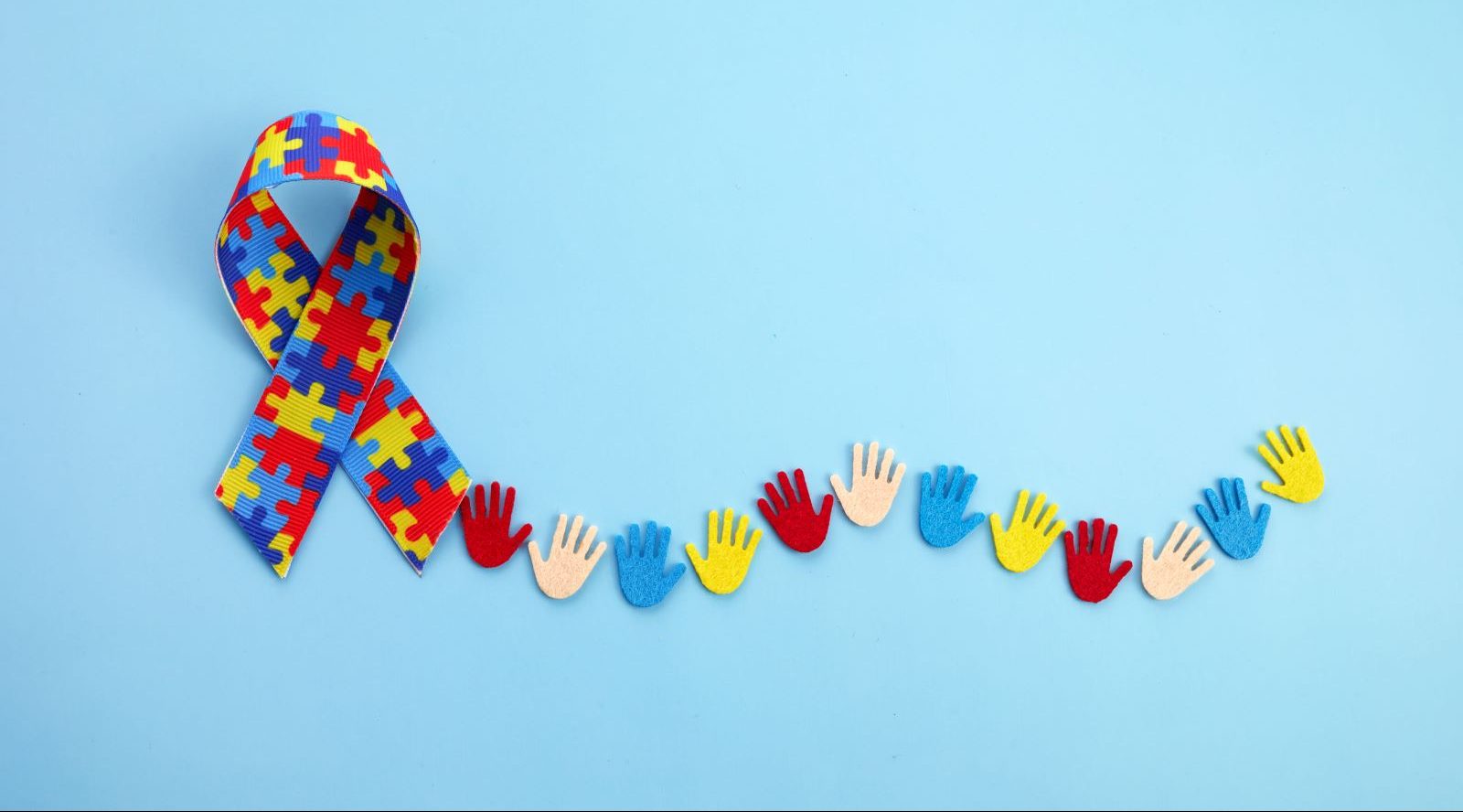Understanding the Range: A Comprehensive Guide to Autism Understanding
Understanding the Range: A Comprehensive Guide to Autism Understanding
Blog Article
Checking Out Autism: Methods for Reliable Interaction and Communication
Effective interaction and interaction with individuals on the autism range necessitate a comprehensive understanding of their special requirements and preferences. The intricacies of these methods disclose further considerations that merit expedition, specifically in exactly how they can be adjusted to individual experiences and varied contexts.
Understanding Autism Spectrum Problem
Autism Spectrum Condition (ASD) incorporates a variety of neurodevelopmental problems identified by difficulties in social communication, interaction, and repetitive habits. The term "range" reflects the diverse indications and differing degrees of intensity experienced by people with ASD. While some may display substantial problems, others may show high-functioning attributes, allowing for higher self-reliance in every day life.
The onset of ASD normally takes place in early childhood, with indications usually recognizable by age two. Early signs might consist of postponed speech growth, minimal eye contact, and difficulties in comprehending social hints. Although the specific etiology of ASD continues to be vague, research suggests a combination of genetic and environmental factors plays an important function in its advancement.
Individuals with ASD typically have special toughness, such as increased focus to information and remarkable memory skills. They may have a hard time with comprehending abstract ideas and handling modifications to routine - autism. Consequently, treatments and assistance tailored to private needs are necessary for cultivating interaction and social skills. Identifying the intricacy of ASD is important for promoting recognition, acceptance, and effective approaches that assist in meaningful communications with individuals on the spectrum.

Importance of Clear Communication
Efficient communication is important for fostering understanding and link, especially for individuals with Autism Range Condition (ASD) Clear communication not only promotes social communications however also boosts the person's capability to express their emotions, demands, and thoughts. For people with ASD, the nuances of language can often be testing; as a result, using uncomplicated and distinct language is vital.
Moreover, clear interaction helps minimize disappointment and anxiety that might arise from misconceptions. When messages are conveyed in a regular and direct fashion, individuals with ASD are much better geared up to analyze info precisely, which can considerably enhance their social involvement and participation in numerous settings.
Developing regimens and using aesthetic assistances can additionally bolster clear interaction. These methods offer individuals with foreseeable structures that aid comprehension and retention of details. Additionally, actively listening and being person during communications advertises a supportive environment where individuals with ASD really feel valued and recognized.
Inevitably, prioritizing clear communication not only equips people with ASD yet additionally fosters more meaningful connections with their peers, caregivers, and the broader area, leading the way for collective connections and comprehensive communications. - autism
Non-Verbal Interaction Strategies
Interaction expands past words, and for people with Autism Range Condition (ASD), non-verbal hints play a substantial duty in communications. Non-verbal communication techniques can include facial expressions, gestures, body movement, and eye call, every one of which act as crucial elements for communicating emotions and objectives.
Understanding and interpreting these non-verbal signals can boost communications with people with ASD. A warm smile or open stance can develop an inviting environment, encouraging involvement. Making use of aesthetic aids-- such as picture cards or icons-- can connect communication voids and assist communicate messages more properly.
It is likewise important to be conscious of individual space, as people with ASD may have different convenience levels concerning closeness. Observing their reactions to physical closeness can notify suitable changes.

Creating Supportive Settings
Producing a helpful environment is essential for fostering look at this site favorable communications and improving the well-being of individuals with Autism Range Condition (ASD) Such settings can dramatically minimize stress and anxiety and produce a feeling of security, enabling people to reveal themselves much more freely.
To attain this, it is vital to think about sensory sensitivities that people with ASD might experience. Customizing the physical room to include soft lighting, marginal background sound, and comfortable seating can develop a soothing ambience. Furthermore, making use of consistent regimens and clear visual timetables can assist people expect changes and decrease unpredictability, additional promoting convenience.
Social spaces need to be structured to reduce frustrating stimuli while giving opportunities for involvement in favored tasks. Assisting in areas assigned for quiet time can additionally act as a refuge throughout minutes of tension. Notably, incorporating components of choice encourages individuals, permitting them to exercise firm in their atmosphere.

Motivating Social Interactions
Fostering social communications among individuals with Autism Range Condition (ASD) requires willful approaches that focus on convenience and engagement. Developing predictable regimens can assist decrease anxiety, making social setups a lot more approachable. Creating organized atmospheres with defined duties and obligations allows individuals to involve without the frustrating stress of unstructured social dynamics.
Integrating passions and toughness into social activities can act as visit the site a driver for interaction. Arranging team tasks around shared hobbies or topics of fascination can help with all-natural discussions and links. In addition, making use of aesthetic assistances, such as social scripts or pictorial schedules, can aid in understanding social hints and expectations.
Modeling suitable social habits is critical - autism. Peers and grownups need to show reliable interaction methods, including active listening and turn-taking. Role-playing situations can also offer a safe space for individuals to exercise these abilities
Last but not least, cultivating peer connections with inclusive practices is essential. Encouraging comprehensive playdates or team trips can create opportunities for socializing in a comfy setting. By executing these educators, caregivers and strategies can significantly boost social interactions for people with ASD, advertising their overall social growth and wellness.
Verdict
In verdict, effective communication and communication approaches are important for supporting people with Autism Range Disorder. Ultimately, these methods encourage people with autism to navigate social landscapes, promoting their overall well-being and allowing the development of long lasting connections.
Efficient communication and interaction with individuals on the autism spectrum require an extensive understanding of their special requirements and choices. Clear communication not only helps with social interactions however also enhances the individual's ability to share their emotions, demands, and ideas.Fostering social interactions amongst people with Autism Spectrum Disorder (ASD) requires willful methods that prioritize comfort and involvement. By applying these caregivers, approaches and teachers can considerably enhance social communications for individuals with ASD, advertising their general social development and health.
In final thought, effective interaction and interaction approaches are vital for supporting people with webpage Autism Spectrum Condition.
Report this page